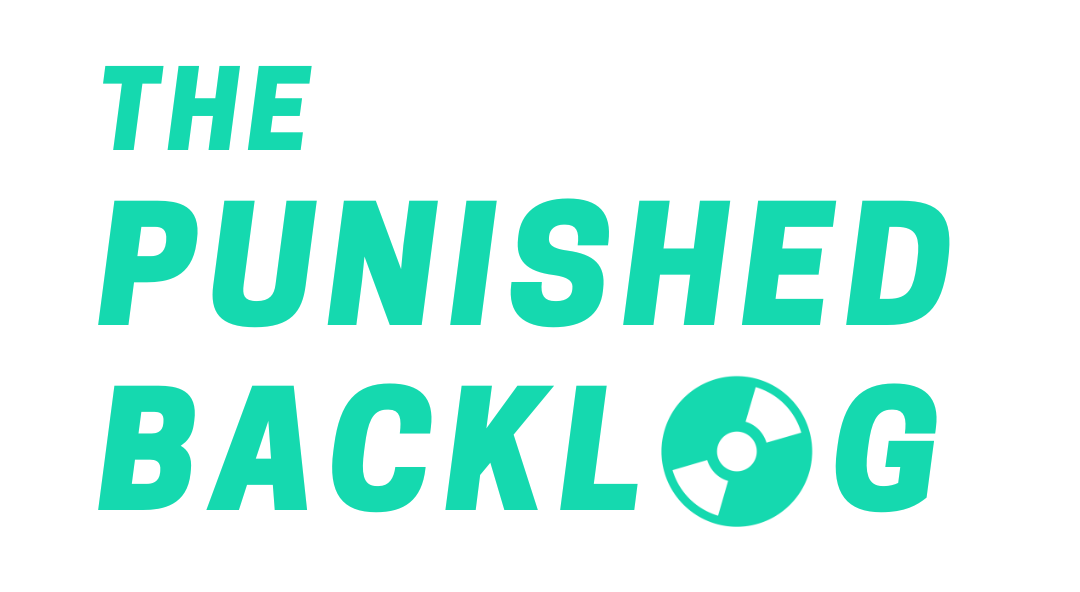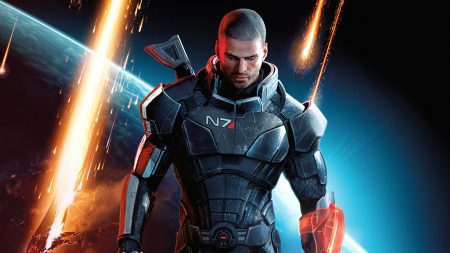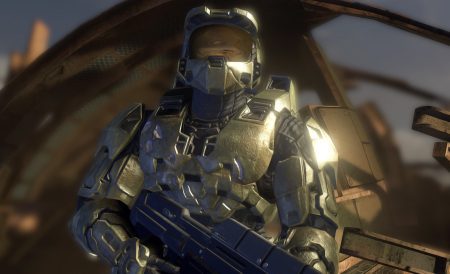By any measure that matters, last month’s Xbox Developer_Direct was a resounding success. Microsoft showed impressive gameplay and story walkthroughs for upcoming titles Clair Obscur: Expedition 33, South of Midnight, and Doom: The Dark Ages; unveiled Ninja Gaiden 4, which is being published by Xbox Game Studios and is coming out later this year; and made sure to highlight all the impressive human beings bringing these experiences to life.
While Ninja Gaiden 4—developed by Team Ninja in tandem with PlatinumGames—was certainly a pleasant (albeit heavily rumored) surprise, the bulk of the presentation focused on games we already knew about, ensuring players have a good sense of what to expect from highly anticipated games set for release in the next few months. Combined with upcoming titles such as Avowed, Fable, The Outer Worlds 2, Gears of War: E-Day, and Perfect Dark—and coming off the success of December’s Indiana Jones and the Great Circle—Xbox seems to be turning things around after more than a decade of wandering through the desert.
Still, the most noteworthy news story from the Developer_Direct wasn’t any of the aforementioned new games. It was the announcement of Ninja Gaiden 2 Black, a remake of 2008’s Ninja Gaiden II, shadow-dropping on Game Pass that day. The title represents more than just a welcome addition to the ever-expanding Game Pass library; it’s a reminder of what Xbox used to truly mean in its glory days, and perhaps a harbinger of what to expect for the future of the brand.
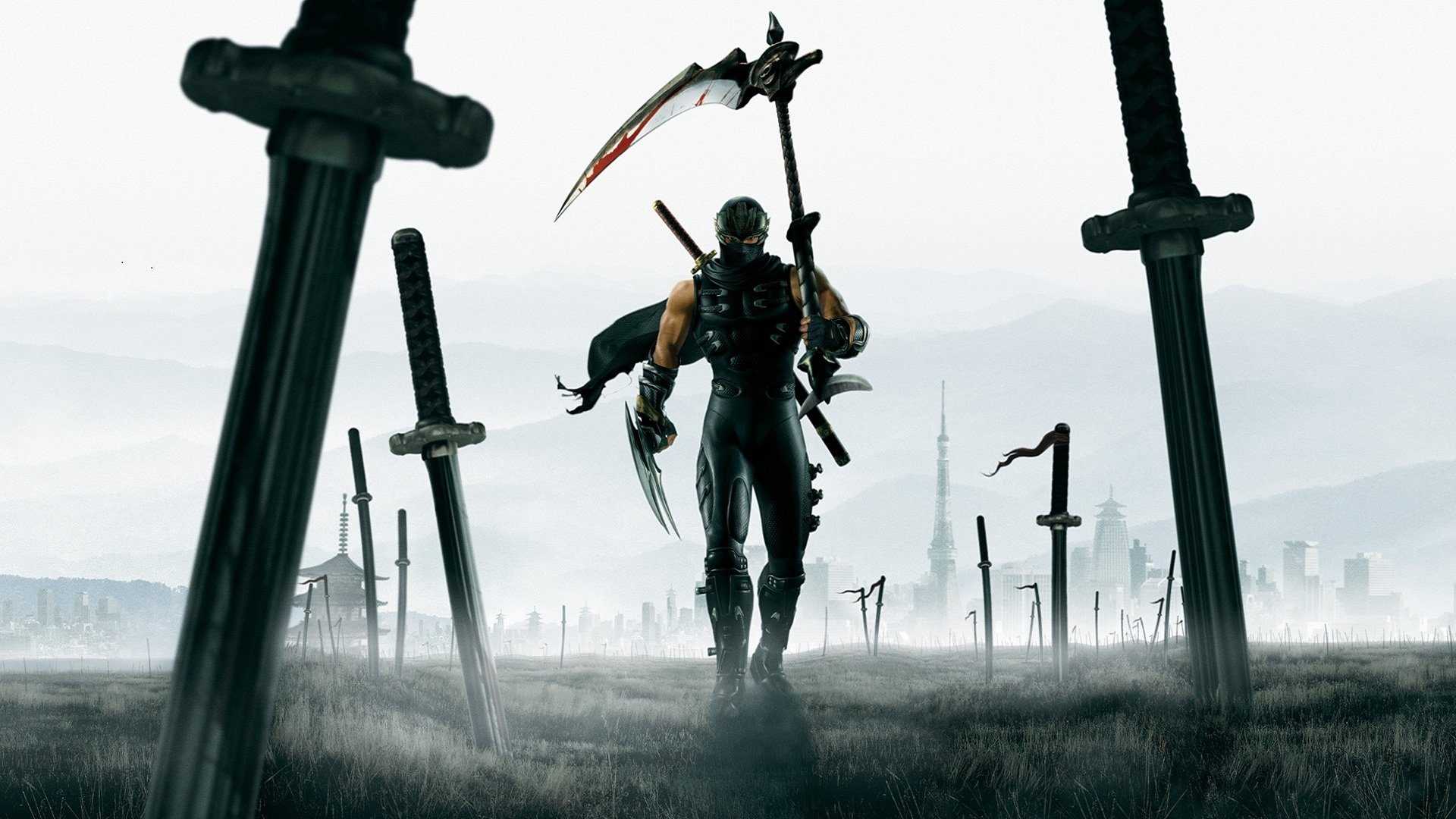
Back to the Past
Despite my apparent undying love for all things Xbox, I actually didn’t own an original Xbox at any point, and didn’t even purchase an Xbox 360—one of my favorite game consoles of all time—until the summer of 2008, when I made just enough money from my job as a camp counselor to purchase a refurbished console with a handful of used games. At the time, I just wanted to get my hands on a 360 before Gears of War 2 would release just months later, but I still needed to fill the time with something else until then.
Luckily for me, many of my friends also owned 360s and had plenty of games I could borrow (including Halo 3, the first Gears of War, and Forza Motorsport 2). But I also decided to buy something on display at my local GameStop that I had heard good things about: Ninja Gaiden II, a hack-and-slash action game developed by Team Ninja and published by Microsoft Game Studios exclusively for the Xbox 360. Despite having missed the 2004 OG Xbox title Ninja Gaiden, a reboot of the classic NES series, I figured I’d give the sequel a shot.
I enjoyed the game enough when I first played it, even if I never finished it. There’s plenty of flashy, rapid action sequences and blood splatter for days, but ultimately I moved on once the heavier hitters started coming out. Still, Ninja Gaiden II felt like it really meant something in 2008, if for no other reason than the “ONLY ON XBOX 360” stamp prominently featured on the box.

Remember That Time
Even though it has never released a console that outsold the PlayStation equivalent of the same generation, Microsoft was COOKING during the Xbox 360 era. Though the PlayStation 3 ultimately sold more units, the first few years of Sony’s latest gaming platform were rocky, largely due to exorbitant prices and a lack of eye-popping exclusive games. On the other hand, the 360 came out a year before the PS3, and within its first two years of availability had a number of big-hit experiences you could only find on Xbox and PC, including some that would release for other platforms soon after (The Elder Scrolls IV: Oblivion, Bioshock, Mass Effect) and others that would not (Halo 3, Gears of War, Call of Duty 2).
What worked for Xbox then was simply beating PlayStation at its own game: getting exclusivity rights (timed or otherwise) to games from top-tier studios. While the PlayStation 2 had exclusive titles that would release later (or not at all) on Xbox, such as various Grand Theft Auto and Metal Gear Solid games, the Xbox 360 was ahead of the curve with Oblivion, the first Mass Effect (which was actually published by Microsoft before Electronic Arts purchased BioWare), Bioshock, Lost Odyssey, Blue Dragon, and others.
While the PS3 began to pick up steam some years later after releasing hit IP such as Uncharted and LittleBigPlanet—as well as finally getting ports of previously 360-only games like Oblivion and Bioshock—Microsoft was still making moves, publishing Team Ninja’s biggest new title Ninja Gaiden II, which released in June 2008. The game would later be tweaked and re-released on Sony’s flagship console as Ninja Gaiden Sigma 2, but in that moment—the moment when I decided to finally shell out the cash needed for a new console—the Xbox 360 was king, not specifically because of Ninja Gaiden II, but because it was the best place for games like Ninja Gaiden II.

Consoles Can Change
Unfortunately, the salad days of Xbox wouldn’t last too much longer. A couple of years after the launch of Ninja Gaiden II, Microsoft announced Kinect, a console attachment that allowed players to play games by simply moving their bodies. The Kinect largely failed to bring in the wider audience Xbox sought following the success of the Nintendo Wii, and the investment backfired.
Meanwhile, when Microsoft unveiled the Xbox One, the successor to the 360, it marketed the new machine as an all-in-one entertainment device rather than a video game system, suggesting to longtime gamers that this console would place less of a premium on offering the AAA experiences they would be getting from the PlayStation 4, which would end up being a massive success (and, this time, retailed at a lower price than its Xbox counterpart). In addition, Microsoft initially announced that the Xbox One would require always-online functionality for its games, an unpopular feature on its own, and failed to inspire players with its launch window lineup, which didn’t even feature some of the brand’s top IP, such as Halo or Gears (no offense to Killer Instinct, Ryse: Son of Rome, or Forza Motorsport 5, but come on).
All these years later, even after tens of billions of dollars in acquisitions and repeated attempts to recapture the glory years, the Xbox business remains somewhat in flux.
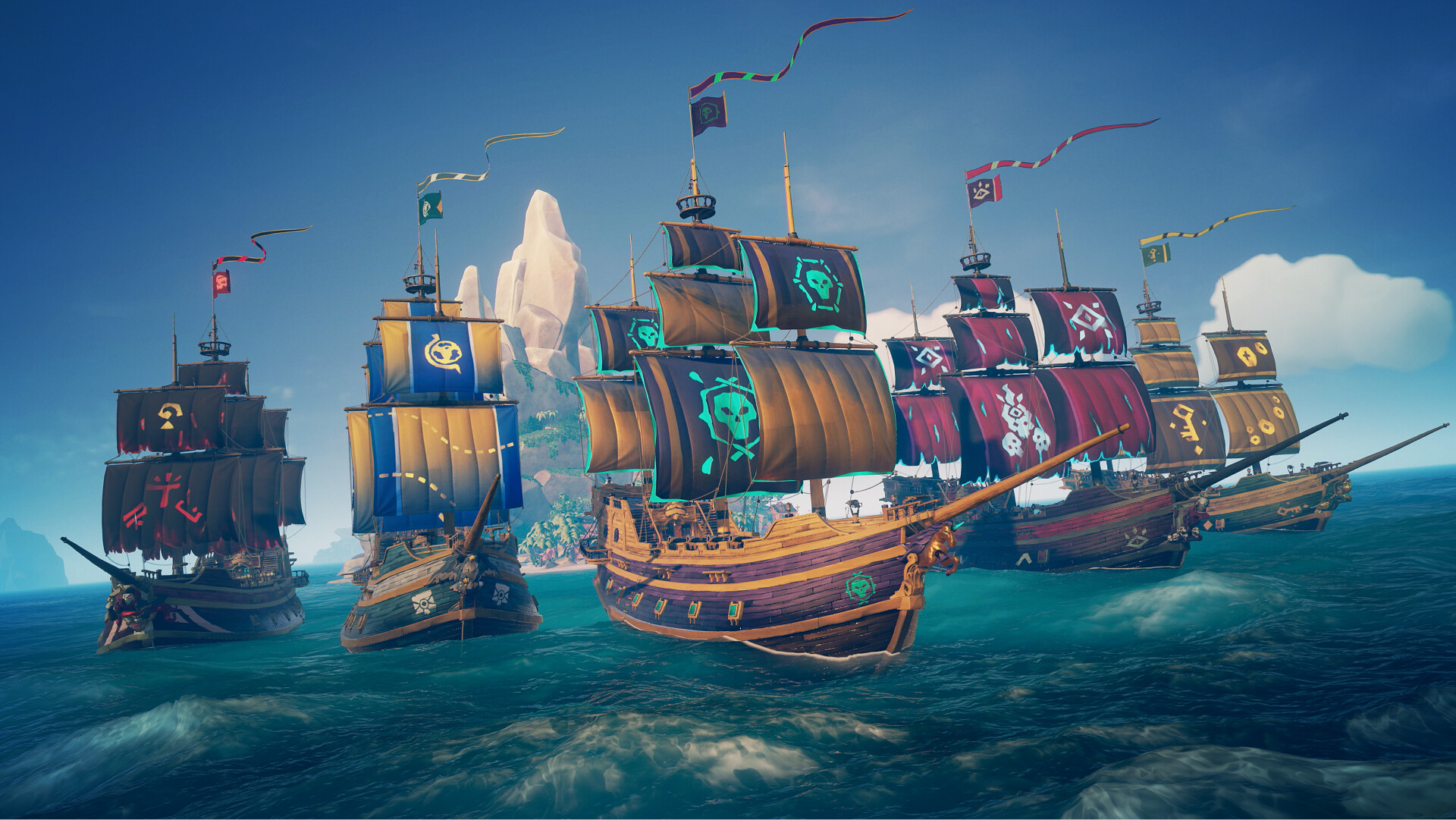
While I personally enjoyed much of the Xbox One generation, it was mostly a disaster for Microsoft. The company ultimately reneged on its always-online and media centerpiece promises and aimed to focus on the actual games, but it failed to consistently deliver on that end. Halo 5: Guardians certainly had its audience, but couldn’t compete with Bungie’s offerings from the previous decade. Sea of Thieves would eventually build a large player base, but launched in a fairly buggy and incomplete state. Hotly anticipated exclusives Scalebound and Fable Legends would never see the light of day, and even obvious successes like the Forza Horizon series failed to move units. Once Xbox announced the Play Anywhere program, which would see every Microsoft-published game going to PC on the same day as the Xbox One release, the very notion of the Xbox exclusive was dead. Game Pass and the launch of the Series X and S consoles would revitalize some interest, but fans are still waiting for there to be any reason to buy an Xbox console over a PlayStation, especially since many Xbox exclusives are ending up on PlayStation 5 and Nintendo Switch anyway.
All these years later, even after tens of billions of dollars in acquisitions and repeated attempts to recapture the glory years, the Xbox business remains somewhat in flux. Microsoft has opted to expand the availability of its games (via PS5/Switch ports and cloud) and focus more on Game Pass subscribers instead of trying to establish the Xbox Series line as a haven for the best exclusive content. Still, after major takeovers of companies like Bethesda and Activision Blizzard, Xbox appears poised to, at the very least, have a fairly impressive release slate for the next year. It just needs a few more dominoes to fall…
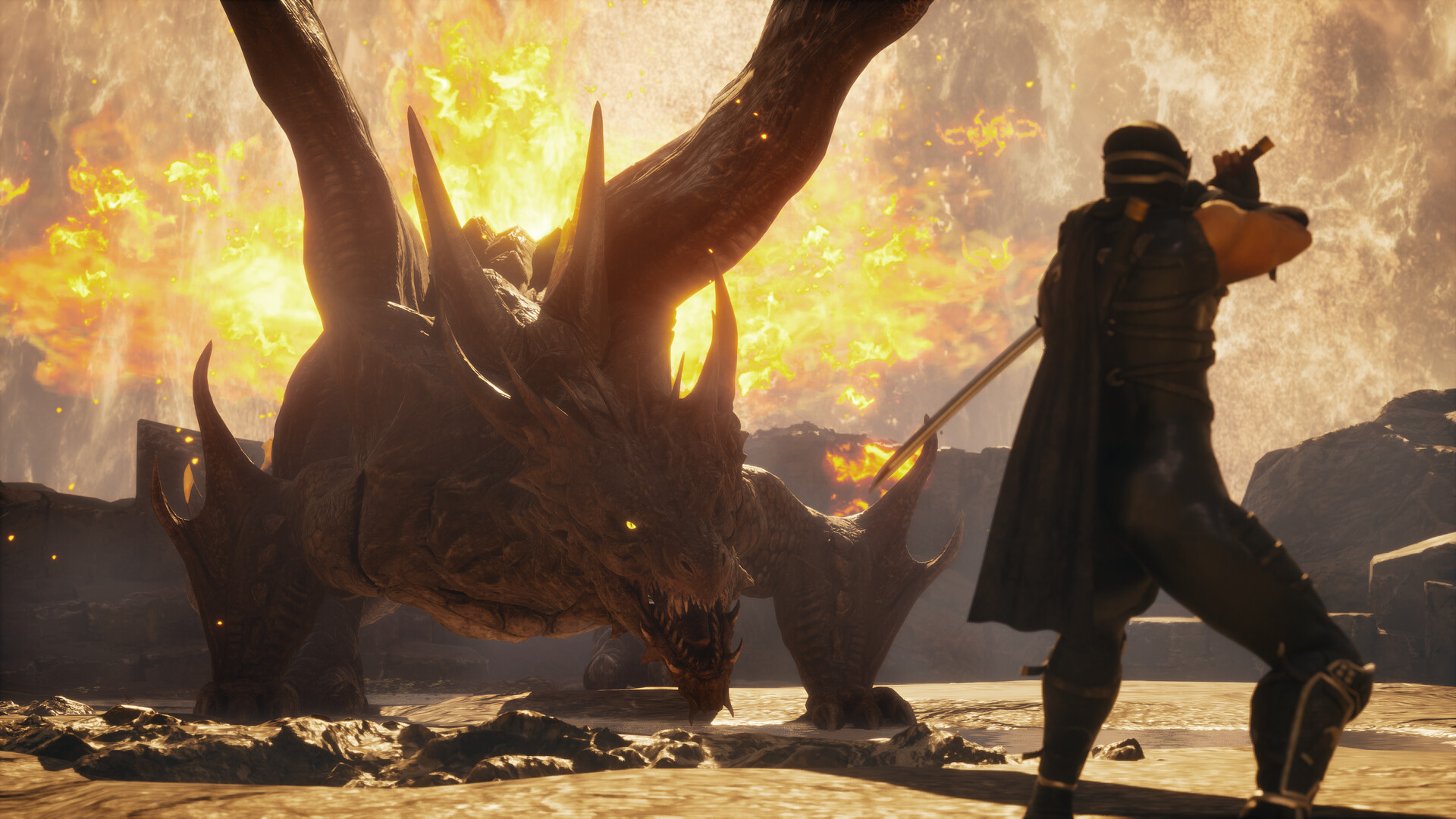
Back to Black
The second I saw footage during the Developer_Direct showcasing Ninja Gaiden 2 Black, I immediately felt the way I did that summer all those years ago: I’m so fucking glad I have an Xbox right now. The game itself is a more-than-cromulent remake of the original (with some elements, including the still-wonky camera and certain difficulty spikes, serving as a good reminder that this game is nearly 17 years old), but I’m having a blast with it, hacking monsters and evil ninjas to bits with some of the most bonkers attack combos and weapon options imaginable. Though it’s not only on Xbox this time—you can also play it on PC and PlayStation 5—the fact that I could get my hands on it with a Game Pass subscription right away made my heart sing.
The second I saw footage during the Developer_Direct showcasing Ninja Gaiden 2 Black, I immediately felt the way I did that summer all those years ago: I’m so fucking glad I have an Xbox right now.
In a presentation focused on the near future, players (like me) got a taste of that future instantly. As a whole, though, most of the other games featured also hark back to the best-of-Xbox times. Obviously, Ninja Gaiden 4′s surprise appearance speaks for itself at this point, but even turn-based RPG Clair Obscur: Expedition 33 (seriously, what a ridiculous title), which isn’t even published by Xbox Game Studios, has drawn comparisons to Xbox 360 exclusive Lost Odyssey, a highly lauded RPG whose story was written Final Fantasy creator Hironobu Sakaguchi. Even the appearance of Doom: The Dark Ages reminded me that the console version of Doom 3 originally released only for the original Xbox.
While Compulsion Games’ South of Midnight, an action-adventure game set in a world heavily influenced by American Deep South folklore, seems like the lone standout here given its Black female protagonist and lack of gore, one could even argue (and I would) it represents the more creative side of the Xbox 360 generation. Through Xbox Live Arcade, players during the 360 era had access to smaller indie titles that would help define those years, including Limbo (originally published by Microsoft Game Studios) and Braid. Though South of Midnight appears much more technologically ambitious than those 2D sidescrollers, it stands to represent Xbox’s penchant for giving smaller experiences within its ecosystem a chance at life, the same way the company prominently featured recent Series X/S games like Pentiment and As Dusk Falls. History appears to be echoing itself, though not entirely repeating.
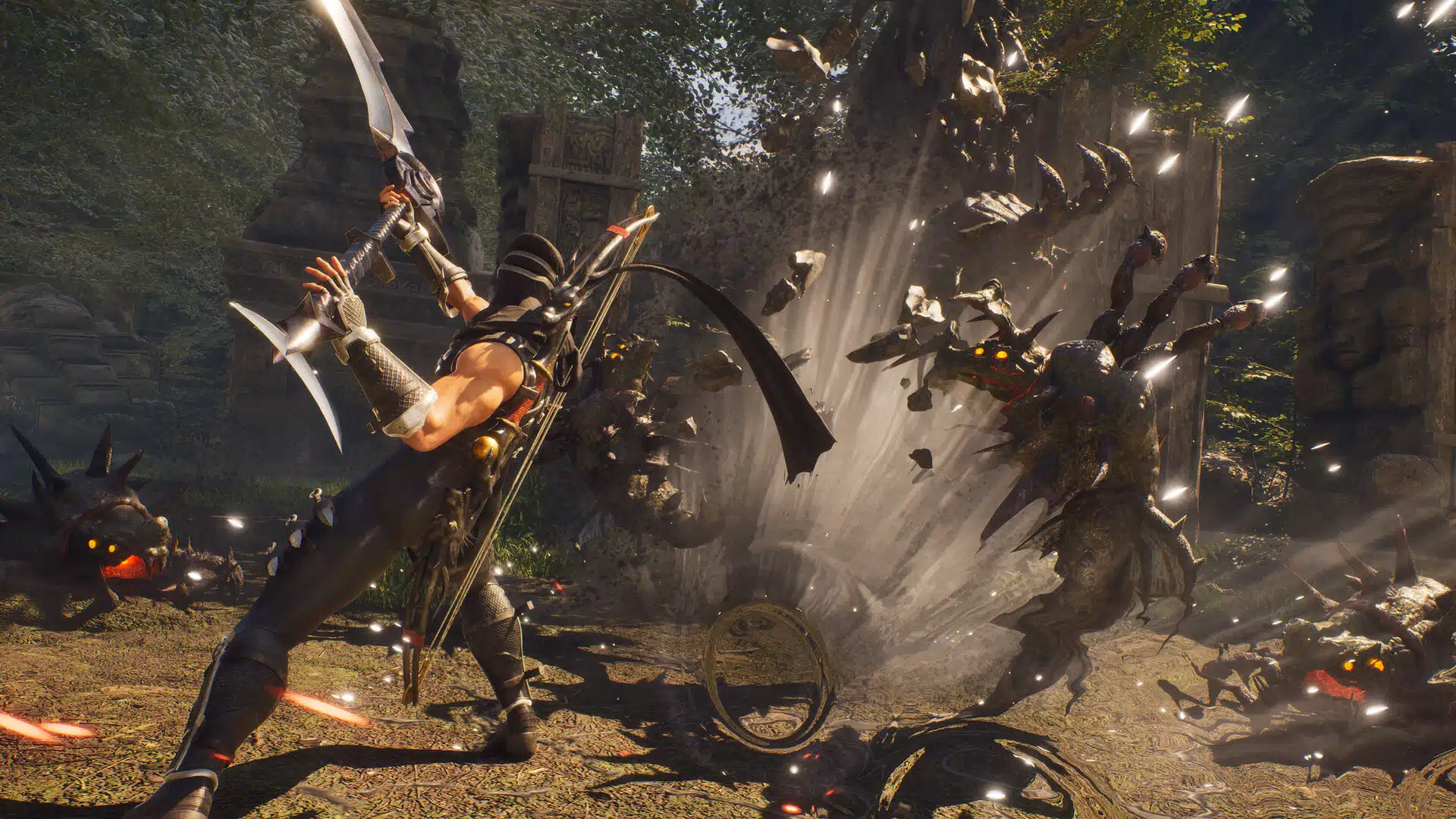
Closing Thoughts
Do I think Xbox has a chance to overtake PlayStation, or even Nintendo? To put it simply: No. They’ve lost too much ground and no longer have the promise of exclusivity. At the very least, however, the Xbox brand has the opportunity to more firmly establish itself as a viable and consistent source of great gaming experiences through Game Pass (and expanded availability via the cloud), and that’s better than what they’ve had going for them for a while. I try (with mixed results) to avoid acting like a console warrior, but I sincerely believe we’re all better off with more options and more competition, and I hope Xbox can fully pull itself out of whatever funk has plagued it for years. Moreover, I hope it avoids laying off staff or closing down studios anytime a game’s success fails to impress shareholders enough.
Obviously, all of the brand-new games matter more to the health of Xbox than any shadow-dropped remake/remaster. Still, the immediate excitement around Ninja Gaiden 2 Black implies that Xbox hasn’t completely lost its way, and at least recognizes that in order to move forward, you need to remember what worked in the first place. When games like Ninja Gaiden II defined Xbox, it felt like nobody could compete. Reminding players of that could be the spark that lights the fire, even if it only burns for a short time.
What new Xbox games are you looking forward to? Let us know in the comments!
Sam has been playing video games since his earliest years and has been writing about them since 2016. He’s a big fan of Nintendo games and complaining about The Last of Us Part II. You either agree wholeheartedly with his opinions or despise them. There is no in between.
A lifelong New Yorker, Sam views gaming as far more than a silly little pastime, and hopes though critical analysis and in-depth reviews to better understand the medium's artistic merit.
Twitter: @sam_martinelli.

